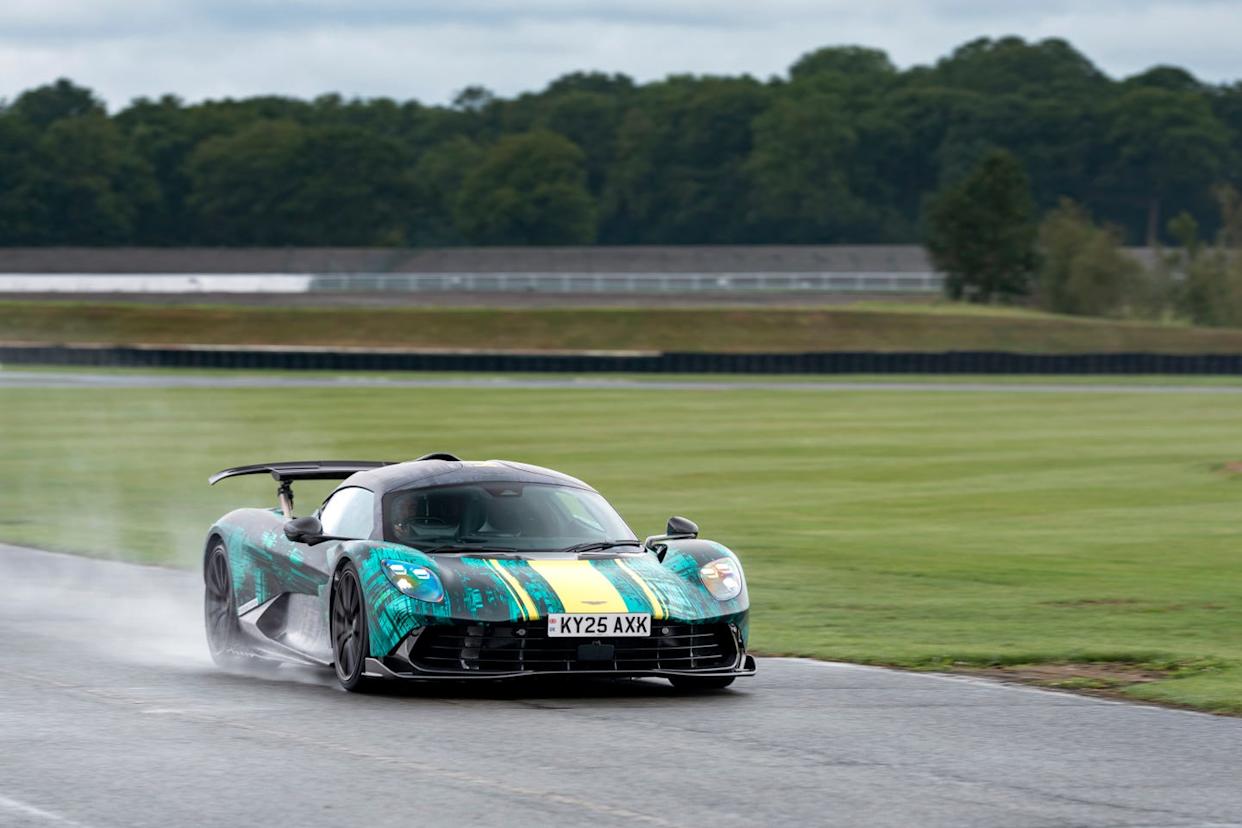
If there is an ideal environment for driving a new 1000-horsepower supercar for the first time, this isn't it.
My dream scenario would be fast, flowing roads—or a famous racetrack—bathed in glorious sunshine. But Road & Track's initial encounter with a near-production version of the Aston Martin Valhalla actually takes place on the short, bumpy, and highly crash-able Stowe Circuit at Silverstone, a miniature course within the better-known Grand Prix track that the luxury automaker uses for development work.
Stowe packs only tight corners and short straights into its diminutive 1.1-mile length. Not optimal for a car designed to deliver massive downforce and high-speed thrills. Also, to add to the Englishness, it is raining heavily when I arrive for my short drive.
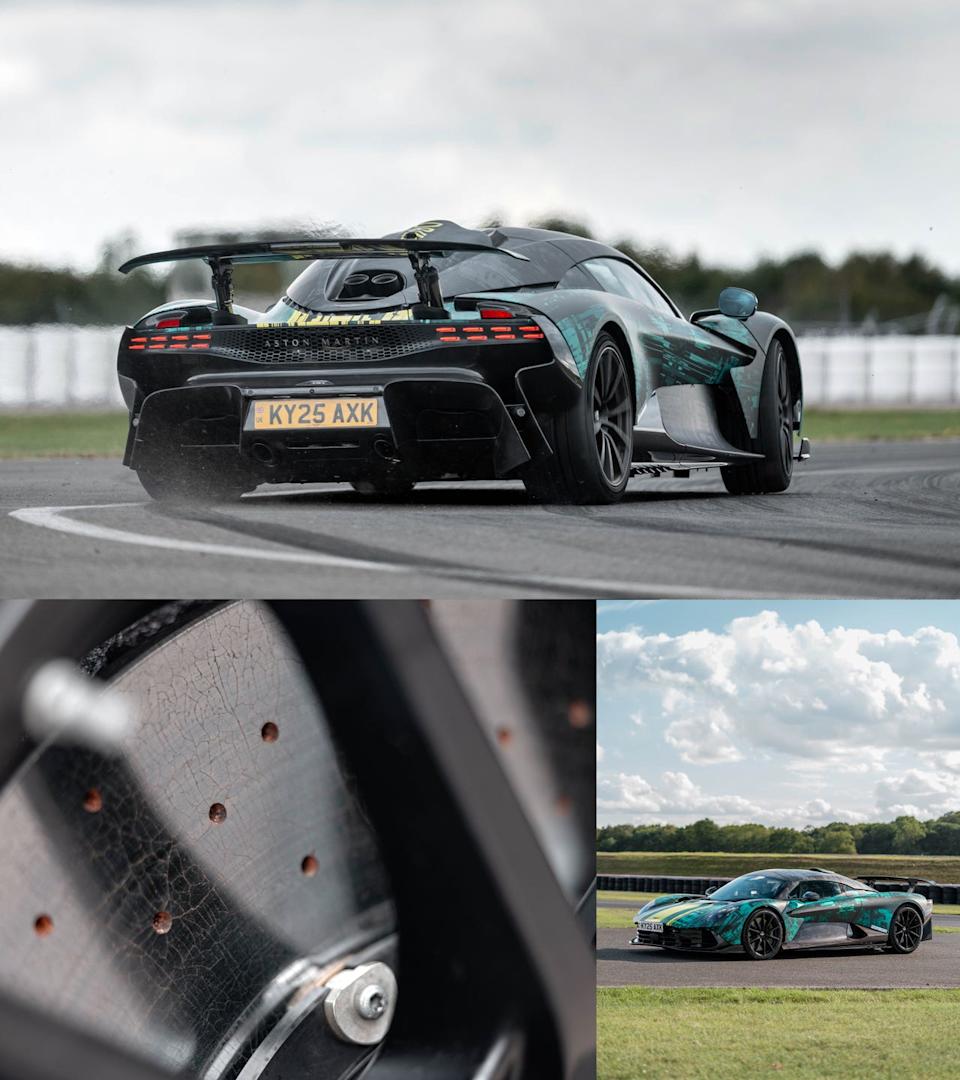
The existence of the Aston Martin Valkyrie denies the Valhalla some of the sense of specialness it should carry. The new car's Cosworth-engined predecessor keeps it from claiming to be the first street-legal mid-engined Aston or the fastest around any given racetrack. But the Valkyrie was an outlier, one that wears its Aston Martin identity lightly: an Adrian Newey passion project that was mostly engineered by the legendary designer's then-employer, Red Bull Racing's Advanced Technologies division.
The Valkyrie is also much too extreme for regular road use, with a cockpit that fits like a race suit and so much noise and buzz from the car's structural V-12 that it requires occupants to wear noise-canceling headphones to protect their hearing.
The Valhalla is very different, Aston's take on a usable supercar. It was originally intended to be another Aston Martin–Red Bull co-production and to use a freshly developed V-6 hybrid powertrain. (You can see the very different first proposal in this corporate video.) But Aston's acquisition of what became its own Formula 1 team led to a divorce with Red Bull, and development of the Valhalla was brought in-house. Back in 2021, the company showed a new concept using an AMG-sourced V-8 and a triple-motor hybrid system. That's the car, in late prototype form, I'm driving here.
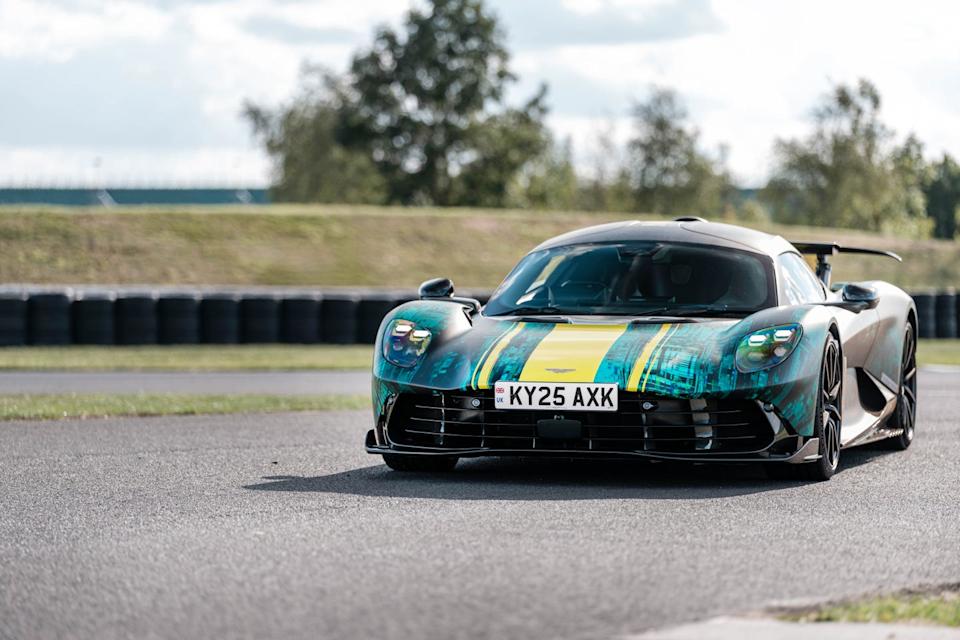
The speed of this fast-moving part of the market makes it a little hard to work out just where the Valhalla is going to fit. Simon Newton, Aston's director of vehicle performance, says that the Ferrari SF90 Stradale was a key benchmark rival; but that car is about to be replaced. More obvious current alternatives are the Lamborghini Revuelto and freshly launched Temerario, both of which also use the same powertrain layout of a multi-motor hybrid system with electrically powered front axles. As does, of course, the forthcoming Chevrolet Corvette ZR1X, which promises more power than any of them.
Although Aston hasn't confirmed pricing, the Valhalla's circa-$1 million starting point means it will be more expensive than all of those alternatives—nearly five times as much in the case of the Vette. That's a chunky supplement.
Alternatively, you can flip the equation and consider the Valhalla against the 1200-hp all-wheel-drive Ferrari F80—the one you need to be on Maranello's list of special customers to buy. Both are limited-run models—799 in the case of the Ferrari, "no more than 999" for the Aston—yet the Valhalla is only around a quarter of the Ferrari's base price.
The specs of the near-production Valhalla have changed only slightly over those of the car that was shown in 2021. Power comes from a flat-plane crank version of AMG's 4.0-liter twin-turbo V-8, the same base engine that was used in the 2021 AMG GT Black Series. In the Aston it makes 817 hp in its own right, 97 horses more than the Black Series, with a pair of electric motors on the front axle and another integrated into the gearbox, adding up to another 247 hp between them. That's a total system peak of 1064 hp.
The electrical side of the powertrain is supplied with power by a compact 6.0-kWh battery pack that can be recharged from a socket, as well as by the engine, but which Newton confirms will only deliver a minimal EV-only drive range of less than eight miles.
The other big change since 2021 is the arrival of a vast rear wing, which can both sit flush to the Valhalla's rear bodywork and rise from it to find and exploit cleaner airflow, the wing element itself moving actively to manage downforce levels. Aston says the car will be able to make in excess of 1320 pounds of downforce from 149 mph to the 217-mph top speed; but on the short, sodden circuit I won't be experiencing much of the hand of God.
The lines separating Aston's front-engined models often seem a little blurred, but nobody is ever going to confuse the company's two mid-engined models. The Valkyrie is pretty much all compromise, the tiny passenger cabin and skeletal structure making clear all is secondary to raw speed. The Valhalla is a much more conventional supercar.
Okay, so some of the design cues are a little on the nose. None more so than the Valhalla's actual nose, where Aston's trademark radiator grille has been stretched beneath the front bumper. On the prototype I drove the grille bars were finished in a less obvious black, which worked all right, but shinier finishes are also available for buyers who want to celebrate the Aston connection at the cost of giving their cars a fishy grin.
The Valhalla's cabin plays on the same familiar-but-different theme. Getting into an Aston Martin through butterfly-hinged doors is definitely a novel experience, as is the commendable lowness of the seating position once on board. But, settled into the driver's seat, there are lots of familiar components from elsewhere in the range. The Valhalla's steering wheel is a flattened squircle rather than truly circular, but the control layout on its spokes is identical to lesser Astons. As is the touchscreen in the center of the dashboard running the company's home-brewed UI system, the stubby gearchange selector, and the rotary drive mode dial.
Having experienced a specification session at Aston's Gaydon HQ, I know that the Valhalla can be made more luxurious, even given tweed trim. But the prototype at Silverstone was all business, with naked carbon fiber on almost every surface and uncarpeted floors. In its bare-bones state, it didn't feel like a million-dollar cabin, but even plusher materials aren't going to alter details like the stuck-on-looking digital instrument pack, which sits directly behind the steering wheel without any surrounding fascia. From the prototype's driver's seat, the vibes felt closer to Lotus than Ferrari.
Before driving, I rode a few laps shotgun as Newton introduces the car and talks me through its dynamic modes. By hybrid supercar standards, these are relatively simple; Aston hasn't adopted separate programs for chassis and powertrain settings. The Valhalla always starts in Sport mode, where the V-8 starts and stops as required. A full EV mode can also be selected, which limits speed to around 80 mph. I won't be wasting my precious track time using it. Sport Plus and Track modes both keep the engine running full time, with Track keeping the battery level topped up to allow for longer stints on a circuit.
Naturally, the modes also tweak settings for myriad adaptive systems—dampers, the torque-biasing rear differential, the front-to-rear power split, and the active aerodynamics. There is also an ESP Off mode, which de-energizes the stability control and switches to a variable traction control system, the intervention threshold managed by turning what was previously the drive mode dial to vary the TC from overprotective to hold my beer. With the system turned right down, Newton deftly demonstrates the ease with which the Valhalla surrenders rear-end grip on the damp surface.

My two stints at Stowe were not enough to attempt a detailed verdict, which will wait until we get the Valhalla to some of the wide, open spaces it was designed for. But the mini-track was sufficient to prove Aston's second supercar is capable of both huge acceleration and impressive stability.
The way the Valhalla delivers performance took a little while to get used to. As you would expect given the numbers, it is toweringly fast, with near-instant responses thanks to the ability to add electrical power even as the V-8's turbochargers are spooling up. Aston says the Valhalla doesn't make its 640 lb-ft torque peak until 6700 rpm—the closely related GT Black Series made its maximum at just 2000 rpm—but that number doesn't reflect the way the car feels in terms of mid-range potency. Shifting well short of the redline made little difference to the subjective rate of acceleration, and the car was happy to carry higher gears through the tighter corners.
But the Aston lacks the subjective savagery of some high-revving alternatives, most obviously Lambo's screaming, 10,000-rpm-capable Temerario. The Valhalla's V-8 meets its limiter at a very un-supercar-like 7000 rpm. And met it too often at Silverstone, where a lag on the digital instrument display meant the engine would often encounter its spark cut before the red change-up bar at the top of the digital display illuminated. Of course, getting-it-done midrange muscle is arguably an entirely Aston-appropriate trait for the development team to have carried into the new car.
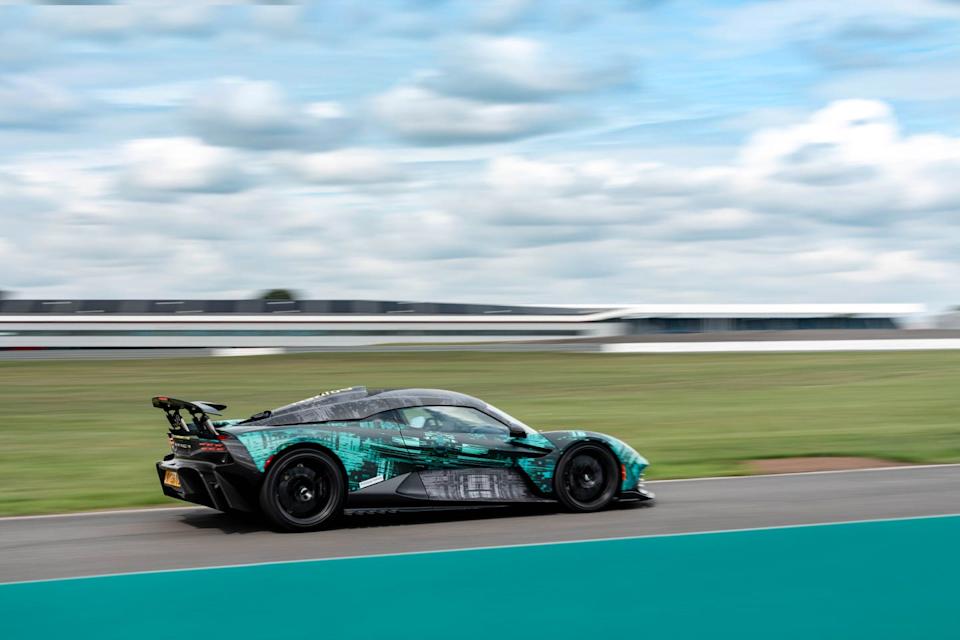
But noise—and the lack of it—was a definite disappointment from my short drive. The prototype spoke with much too soft a voice. Driving with a helmet muffled the sound of the V-8 to the extent it was often barely there, but even lapping more slowly without a lid proved the cabin to be unexpectedly muted. Standing next to the track as somebody drove by revealed that rushing air and tire noise made up a bigger part of the soundtrack as the car approached than the exhaust note did. In a part of the market where buyers want loud, visceral thrills, this will be an issue.
But the very nature of a prototype is that it isn't finished, and the development team may be able to find some more aural thunder without sacrificing the Valhalla's ability to pass increasingly stringent drive-by noise regulations—and we also noted the Ferrari F80 to be much quieter than its predecessor. Newton's admission that the prototype's software was "about 85 percent" to final sign-off also means tweaks can still be made. One change he promised is snappier calibration for the eight-speed dual-clutch transmission.
Even in not-quite-finished form, the Valhalla's chassis and dynamic systems put together a virtuoso performance. The prototype managed to find traction for a high percentage of the powertrain's fury without drama but also proved it possesses a sense of fun. I started out pretty gently in the slippery conditions, and in many ultra-powerful mid-engined cars I likely wouldn't have got a whole lot faster.
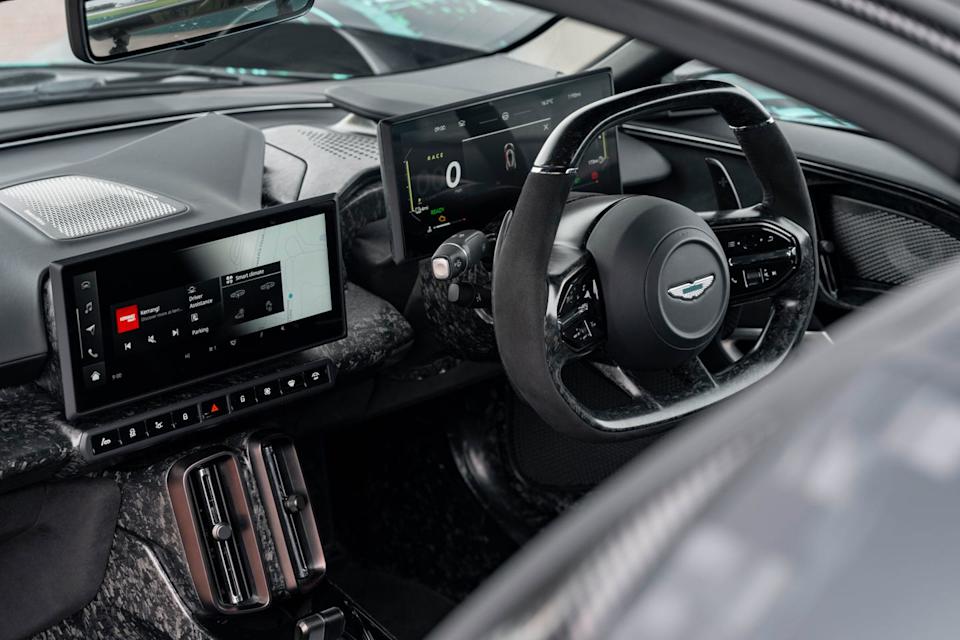
But trust built quickly in the Valhalla. The steering, although low-geared by modern supercar standards, was rich in communication, the electrically driven front axle and active rear differential working invisibly to help the car turn and find grip on the Michelin Pilot Sport S 5 tires (the optional semi-slick Sport Cup 2s would have been much less forgiving in the conditions).
Newton says the Valhalla is on track to weigh 3650 pounds without fluids—slightly below the corresponding figure for the Temerario but still a big chunk above the typical weight of a non-hybrid supercar from a few years ago. But even on the tight-fitting track it didn't feel heavy or unwieldy. Stowe didn't have any corners quick enough for the aerodynamics to make a serious contribution, but I could still see the active rear wing switching into its air brake configuration in the rearview mirror at the end of the longer straights.
Switching between the different drive modes revealed big differences. The gentlest, Sport, kept the prototype pretty much locked down, allowing only the slightest hint of yaw on the low-grip surface and defaulting to a safe, if unexciting, understeer attitude if pushed in the slower corners. Sport Plus is much more liberal, what Newton refers to as "the fun mode," allowing some power-on sliding while still intervening cleanly before the car got too far out of shape. Race mode is cleaner and more clinical, intended to maximize pace on track rather than encourage showboating. I spent the most time in Sport Plus and also had some fun with the variable traction-control function.

Of course, as always with such systems it is hard to imagine too many owners regularly choosing to drift their million-dollar Valhalla, but the depth of engineering required to make it feel so effortless at the limit is considerable. Pushed to breakaway, it felt more friendly and less snappy than the Vantage I'd been sent out in first to learn the circuit with 400 fewer horsepower.
Much impressed about this first taste of the Valhalla, but in other areas I felt underwhelmed. The finished car may end up sounding better, but software tweaks aren't going to significantly alter the layout of the minimalist cabin or raise that lowly redline. Is it special enough to compete in what is already a very well-stocked pond? In terms of dynamics, there's a good chance it will be—especially once we get to experience it at speeds that bring the massive downforce into play. Can it deliver on all those other reasons people buy supercars, beyond the commendable novelty of wearing an Aston badge? The jury is still debating that one.
You Might Also Like

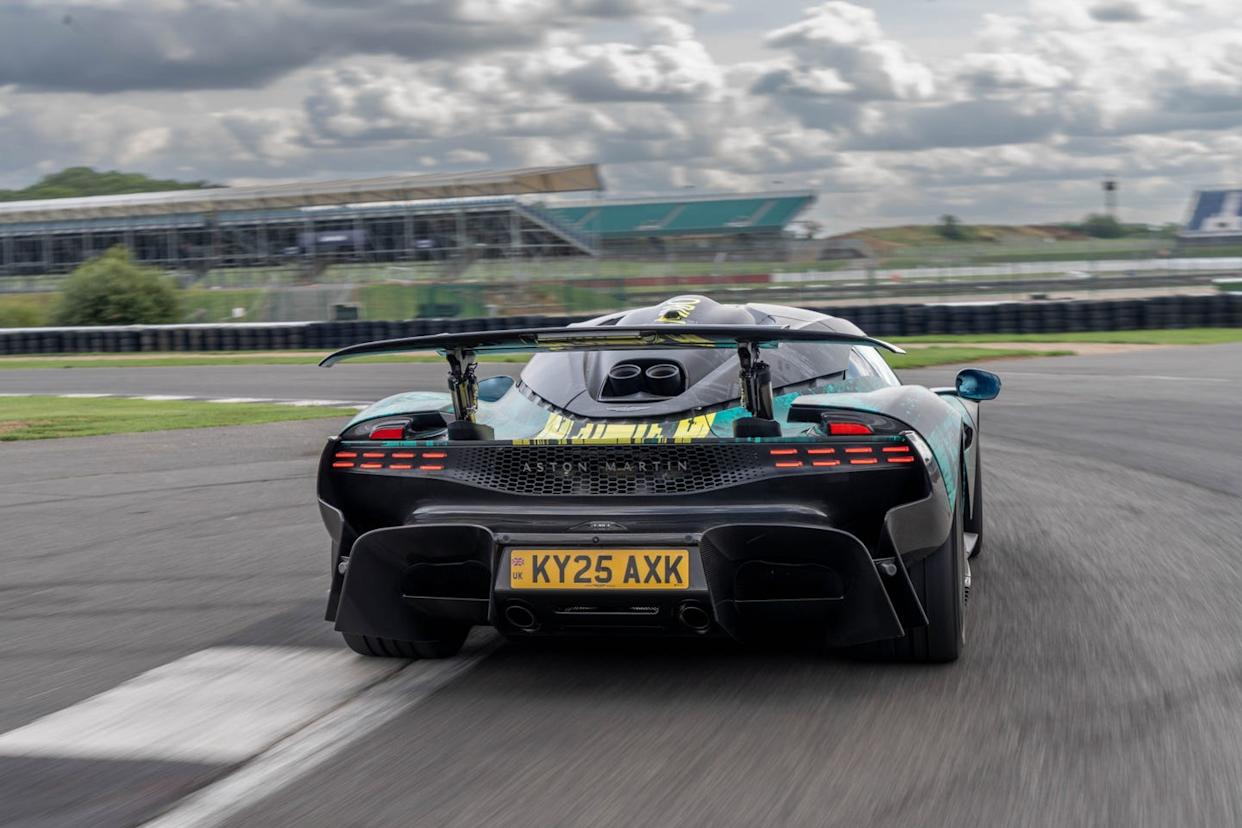
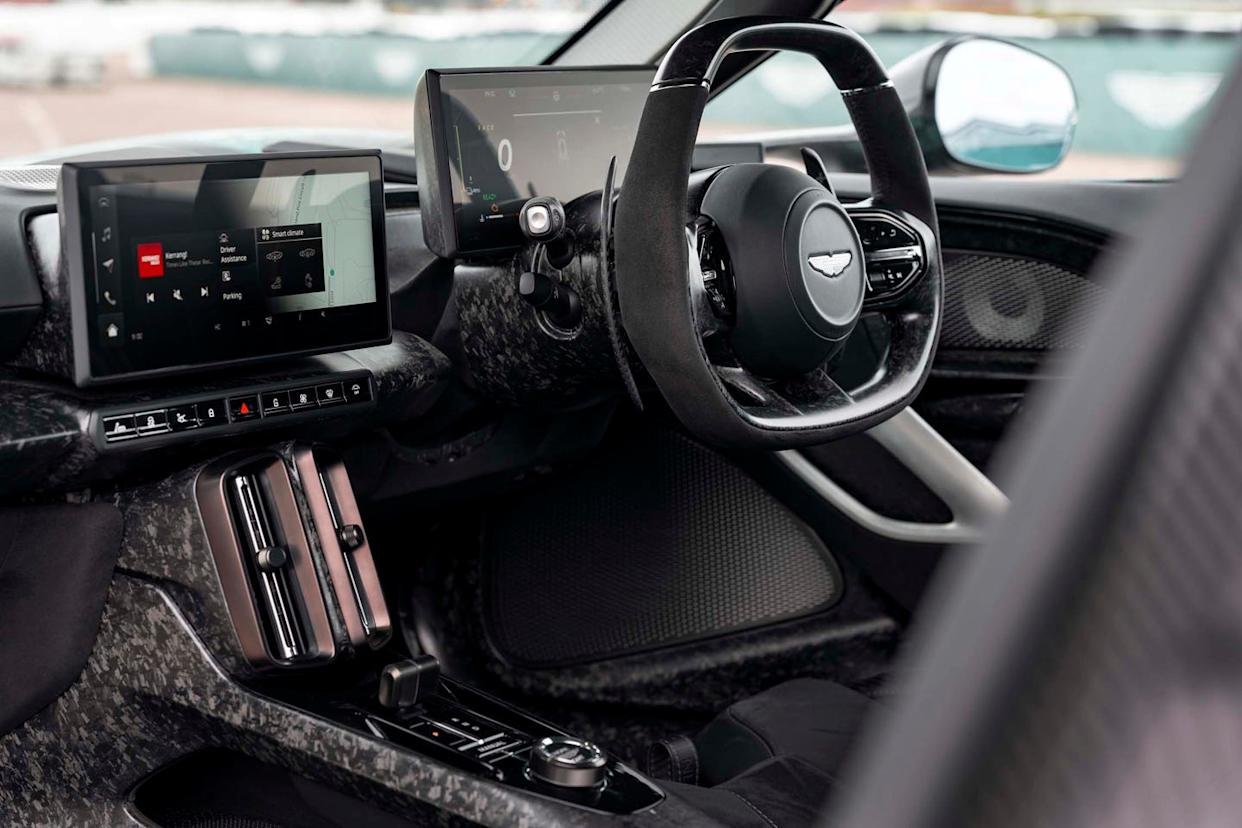
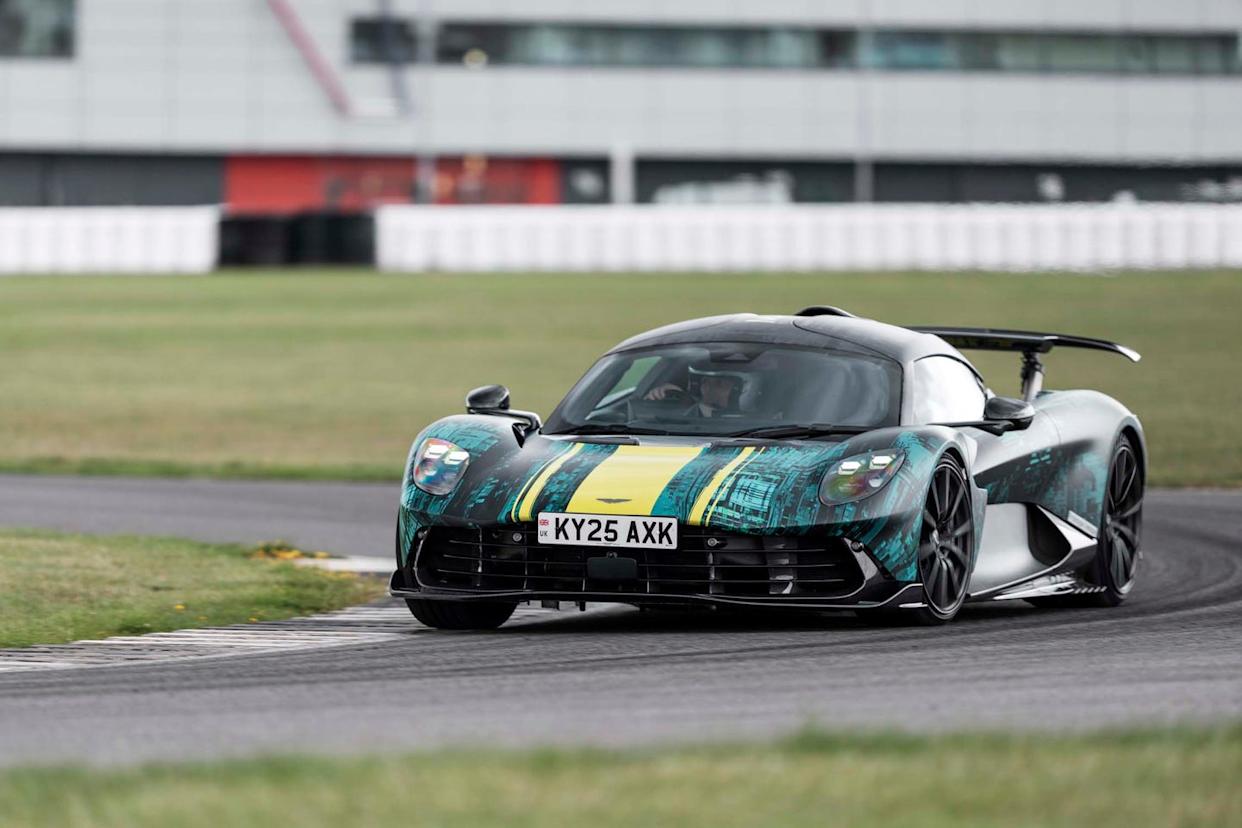
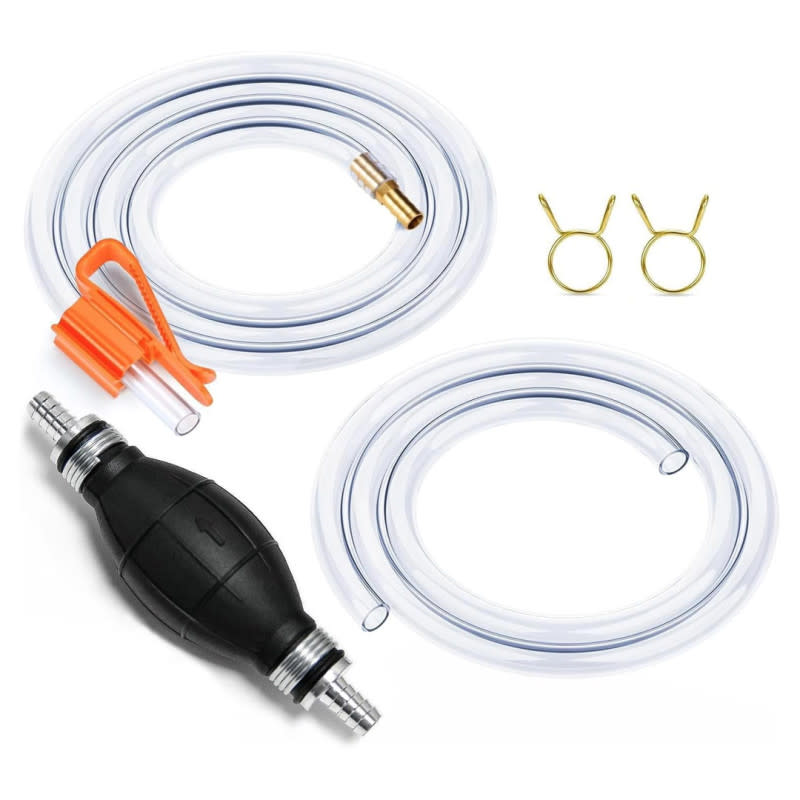


Comments